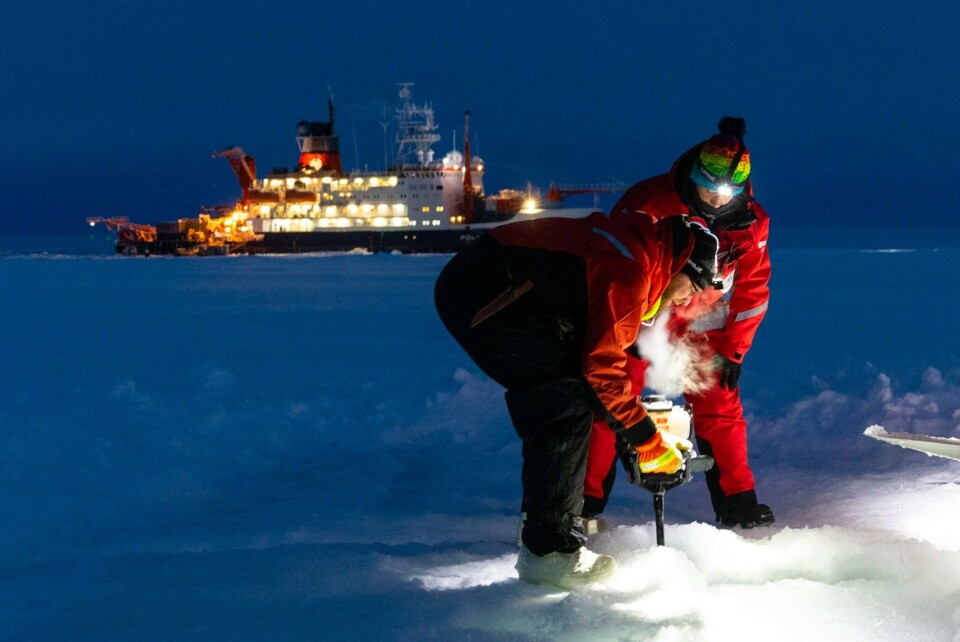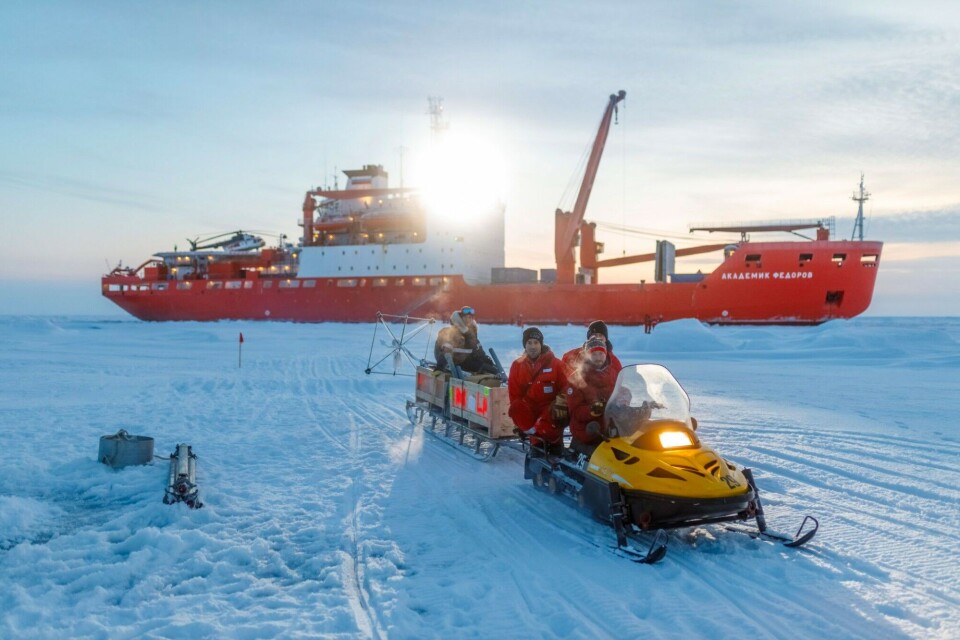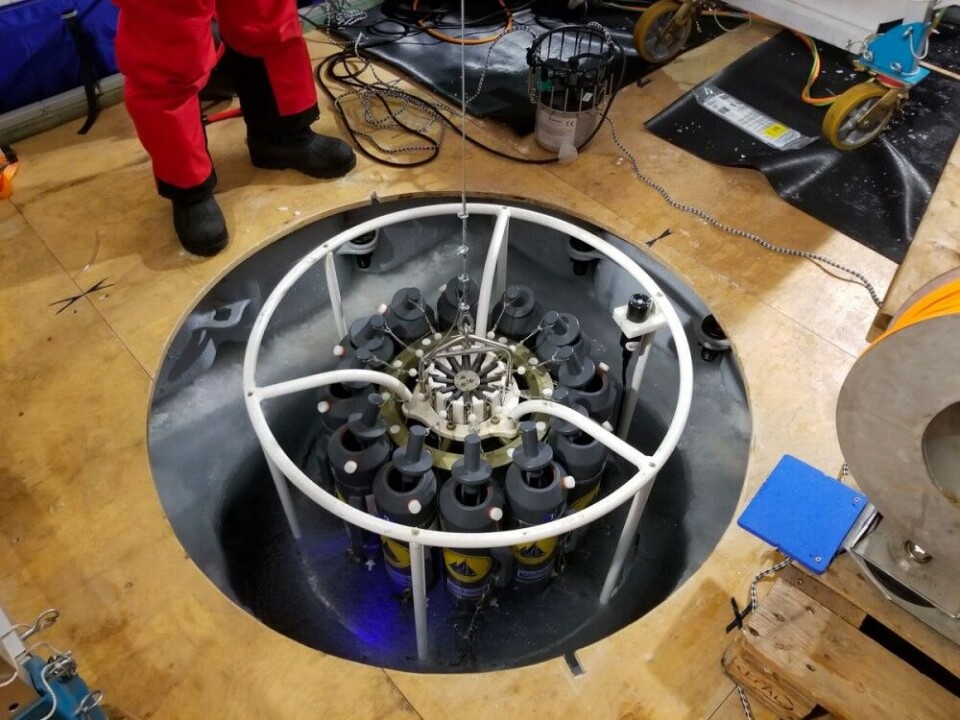
Retrospective: Drifting with ice - From the schooner Fram to ultramodern RV Polarstern
In 1893 the Norwegian researcher Fridtjof Nansen sailed his wooden schooner Fram towards the Arctic. He let the vessel freeze into an ice floe and drift, hoping that the natural east-west currents in the Arctic Ocean would carry Fram and her crew to the geographical North Pole.
By: Ellen Kathrine Bludd // UiT The Arctic University of Norway

Nansen never did reach the North Pole, but his expedition was ground-breaking and unique in the history of science. Now the MOSAiC expedition, taking a similar approach, may elevate current climate science. The technology being used in MOSAiC is light years ahead of Nansen and his team. Nevertheless, Nansen started it all.
“People thought Nansen was mad,” says Harald Dag Jølle, a polar historian from the Norwegian Polar Institute. “They thought he would self-destruct in his attempt to drift with the polar ice to the North Pole,” Jølle explains that many believed this impossible, as the North Pole was assumed to be on land. The harsh Arctic conditions alone would destroy Nansen.
Nansen declared that survival depended on only two things: enough food and proper clothing. However, he could not dismiss the brute force of the drifting ice. Yet Nansen thought to himself: “No ship has ever been constructed for this purpose, so if the ship is designed properly, it could work.”
He joined forces with shipwright Colin Archer and sailor Otto Sverdrup. The result was a ship Nansen named Fram, which is the Norwegian word for “forward”. She was a broad-beamed, round-bottomed schooner with a steam engine. The wooden ship had a length of 39 metres, and was 11 metres wide. Fram was an unusually wide ship with an unusually shallow draught, to better withstand the forces of the pressing ice. Onboard were 13 crew members: a couple of very experienced sailors, a doctor, a botanist, a naval lieutenant, two engineers, a mechanic and a few others.
“Nansen contributed greatly to the scientific knowledge about the Arctic and also to knowledge about global ocean currents in general,” explains Nansen expert Jølle. “When Nansen returned to the coast of northern Norway, he first sent a telegram to his wife to tell her that he had returned safely. His second telegram went to Waldemar Christopher Brøgger, professor of Geology at the University in Kristiania (Oslo) saying: ‘I am coming, overloaded with scientific data!’ ”
Harald Dag Jølle is currently writing a sequel to his book about Nansen.
Force of steel


















